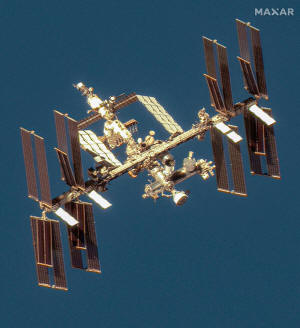|
"The extra time allows the team to finalize departure planning
and operations while the spacecraft remains cleared for crew
emergency return scenarios within the flight rules," NASA and
Boeing said in a statement.
They are targeting a departure no earlier than June 22, leaving
open an opportunity for further extensions of time at the ISS.
Starliner, while designed for future six-month missions, can
stay docked to the ISS for a maximum of 45 days during its
current mission.
The return to Earth is expected to last about six hours and
target a location in the desert of Utah, New Mexico or other
backup locations, depending on local weather conditions.
Starliner's first flight with astronauts is a crucial last test
in a much-delayed and over-budget program before NASA can
certify the spacecraft for routine astronaut missions and add a
second U.S. crew vehicle to its fleet, alongside SpaceX's Crew
Dragon.
The spacecraft during its time docked to the ISS has encountered
more problems. A fifth leak of helium - used to pressurize
Starliner's propulsion system thrusters - popped up, and
separately an oxidizer valve has been stuck, NASA has said.
Those in-flight problems follow years of other challenges Boeing
has faced with Starliner, including a 2019 uncrewed test failure
where dozens of software glitches, design problems and
management issues nixed its ability to dock to the ISS. A 2022
repeat uncrewed test succeeded to dock.
If all goes as planned with Starliner's return of two astronauts
back to Earth, Boeing still faces other challenges before making
the spacecraft operational and bringing it to market for other
non-NASA customers.
(Reporting by Chris Sanders, Joey Roulette and Doina Chiacu;
editing by Rami Ayyub, Chizu Nomiyama and Timothy Heritage)
[© 2024 Thomson Reuters. All rights
reserved.]
Copyright 2022 Reuters. All rights reserved. This material may
not be published, broadcast, rewritten or redistributed.
Thompson Reuters is solely responsible for this content.

|
|





